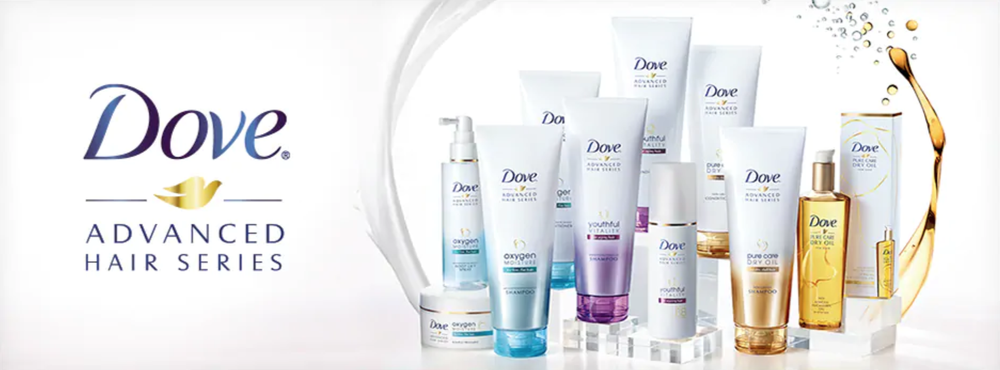Every business has its own collection of ‘fat’ words.
Fat words are the words we use every day. The words that have strategies built around them. Words that act as a shorthand for the direction of travel, that tell us and the world what we are all about, and what our products are supposed to do.
Words like:
Freshness, care, mass-affluent, healthy, natural, luxury, convenience, affordable, quality, premium.
Your organisation will be no different.
But does everyone in your organisation really know what these words mean? Are you sure everyone is working to the same definition?
Because it’s never difficult for anyone to give you a definition for one of these words; they are familiar, comfortable, easy to use, they are words that we use in our private lives as well as in business. But the reality is that these are umbrella terms that cover broad concepts. If you ask 100 people to define them, you’ll likely get 100 different definitions; some wildly different, some more subtly so.
Without a shared understanding you create risk.
When a business is working to multiple expressions of the same word it creates confusion, a lack of efficiency or a loss of effectiveness.
You could end up with a fuzzy brand in the market without a defendable territory or one that is misunderstood by consumers. R&D teams can develop ideas or IP that are not aligned with the benefits or don’t map to a target segment. You might end up with a confused or inefficient brand architecture that leads to pricing inconsistency. And your communications campaigns might miss the mark, or be too general with lowest common denominator storytelling. And even when you do have a shared understanding e.g. where a business has always understood a definition of a word as X, but consumers have moved on and define it as Y, you can also create risk.
So how do we create shared understanding?
We need to find clear definitions. But, and we can’t stress this enough, this is not about laddering up to a single, overarching definition. Because in reality does it help knowing that convenience is ‘the state of being able to proceed with something without difficulty’ ? Not really.
Instead, we need to be going in the opposite direction, we need to ladder down.
We need to break down these broad concepts into meaningful expressions, before then going on to understand which ones are most relevant to us and to our consumers.
3 steps to creating shared understanding:
#1. Create and implement clear brand strategies
Inconsistent understanding leads to inconsistent implementation. But if we are absolutely clear about the version of e.g. luxury we are delivering to, that our brand is all about Uniqueness not Curation or Exclusivity or even Personalisation, then we have a very clear lens through which we can filter all of our decisions. Whether it is the raw materials we use or the packaging we create, the words we use in comms or the usage experience for the consumer, are the decisions we are making enhancing Uniqueness and therefore delivering our strategy and creating a unified, coherent brand?

#2. Take advantage of different sub-expressions of the umbrella concept.
By breaking down a broader concept into meaningful sub-expressions, we can see where there are really interesting spaces to create differentiation. This can manifest in a couple of different ways:
a. Individual brands creating differentiation in a busy market. When other brands are playing to a broad, often generic version of the concept, then rooting out a different way of looking at the idea gives scope to create stand out.
b. In portfolio plays, understanding the nuance of the sub-expressions allows for better portfolio planning – ensuring that different brands can occupy different niches. This is particularly important when the concept is something of a category tablestake; we see all too often a brand in a portfolio defined internally as THE e.g. care brand, but if ‘care’ is a category generic and other brands in the portfolio feel that they can’t communicate on this then you are putting those other brands at a serious disadvantage. If however, we can give the different brands in the portfolio different versions of care, then each brand can deliver this without creating confusion and overlap.

#3. Evolve when the meaning of a pillar term evolves for consumers
Finally, clarity and definition helps us better defend against being left behind. The meaning of these umbrella concepts will evolve as consumer expectations are shifted and shaped by the world around them, e.g. if you have always stood for convenience but your version of convenience was all about speed then it’s critical that you track how that meaning is changing due to influences like Netflix, Amazon, Uber etc. which shift the dial towards ease instead of speed, so you can respond accordingly.

The degree to which you are able to define the opportunities available to your brand with a common language, can make or break your strategy. We have been helping clients to get this right and would love to help you too.
To find out about how we helped brands like Unilever define Care and Freshness, and PepsiCo understand Permissibility, please get in touch. We’d love to talk.
Header image by Romain Vignes on Unsplash
